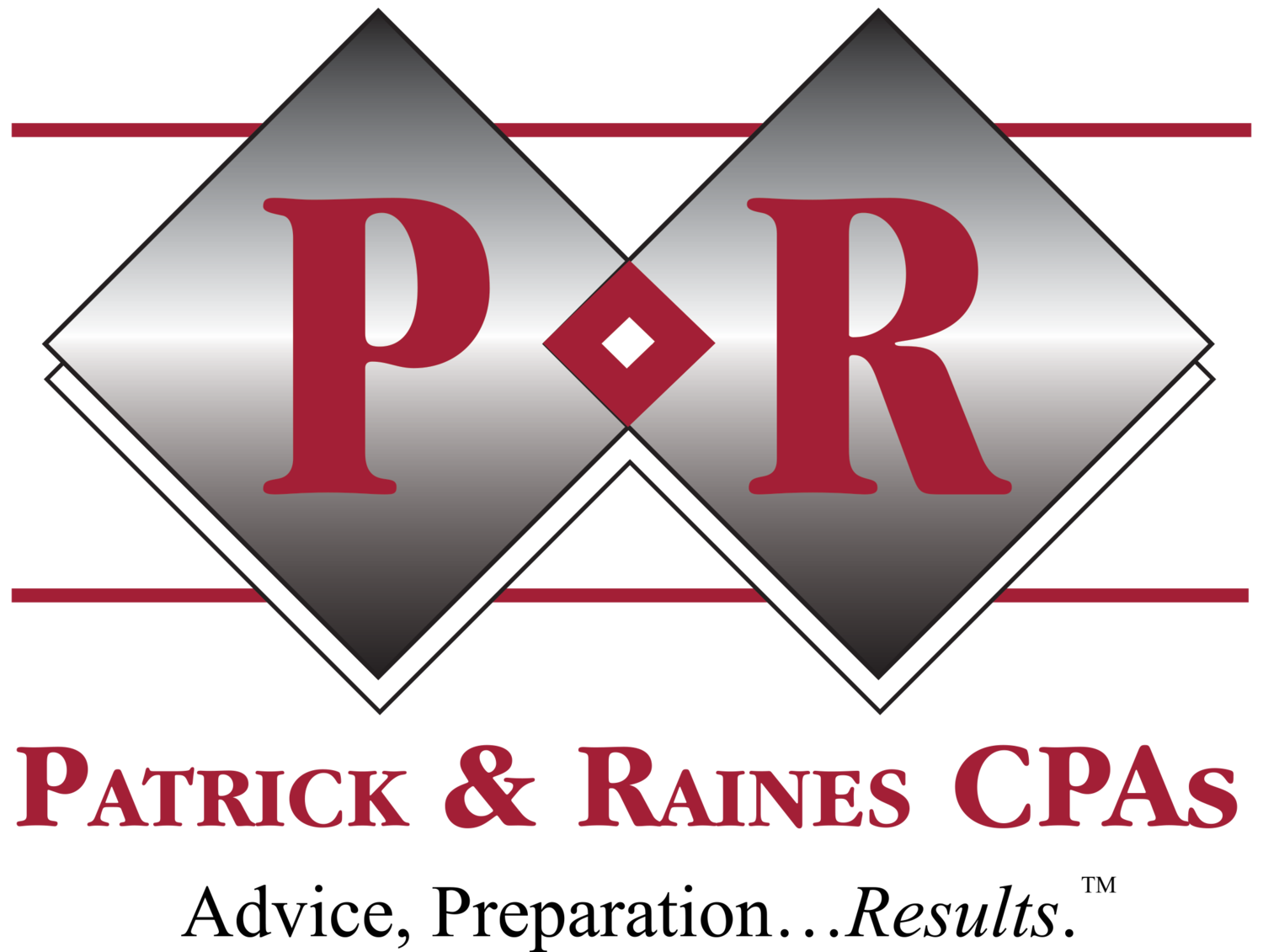Small Business Should Prepare Now for Health Rules
Common understanding of the current health insurance market among our small employer clients is that recent changes don’t really affect their businesses. (In this case, we define a small employer as one with fewer than 50 full-time equivalent employees.) The numerous headlines and sound bites state small business isn’t affected, which isn’t quite true.While most of the complex rules and mandates that businesses fretted over for more than four years apply to larger employers, several key provisions affect “mom and pop” businesses. Take action now to avoid some unpleasant problems and penalties.First, if you provide a group health insurance plan for your staff, ask your carrier or agent if the plan qualifies as a grandfathered plan. If so, guard it carefully—it won’t be subject to the provisions in the new generation of insurance plans. The old school plan will likely reward you with cheaper premiums as well.Second (this isn’t a new rule), you must adopt a written benefit plan. As with any other group benefit plan, a written document that specifies conditions of the plan, and approved by your corporate board, is required. This provision falls under the Employee Retirement Income Security Act (ERISA), which is similar to retirement plans.Among other provisions, ERISA provides protections for participants and beneficiaries in all employee benefit plans (participant rights), including providing access to plan information. Also, those individuals who manage plans (and other fiduciaries) must meet certain standards of conduct under the fiduciary responsibilities specified in the law.Third, IRS Notice 2013-54 and DOL Technical Release 2013-03 state the clearest guidance yet on which benefits can and cannot be provided on a pre-tax basis.The Obama Administration clearly wants pre-tax plans to follow the Affordable Care Act (ACA) model as closely as possible. The 2013 rules impose significant reimbursement restrictions on pre-tax benefits of the premiums for individual health insurance policies for employees and retirees through:
- Health Reimbursement Accounts (HRAs)
- Health Flexible Spending Accounts (FSAs)
- Employee Assistance Programs (EAPs)
- and Section 125 Cafeteria Plans
The intent of these provisions is to narrow the health insurance benefits an employer provides on a pre-tax basis to those that:
- Are properly disclosed in writing;
- Follow the template that’s evolved from the ACA legislation and strict regulations or stay carefully exempt as grandfathered; and
- Are substantially non-discriminatory to who benefits and who does not.
Basically, the premium-only medical reimbursement plans and those plans that select certain employees to receive better benefits than others will become taxable “wages” to those workers receiving such benefits. This change applies to small shareholder-owned companies and not-for-profit groups, including churches.This regulation isn’t a toothless change to the employee benefit landscape. The penalty for non-compliance will be $100 per employee, per day (yes—that’s potentially $36,500 per year for each member of your team).You still have time to plan and adjust to this new landscape, but the professionals whose assistance you may need are getting busier. Consider better informing yourself on these issues to determine how you’ll prepare your business.If the Patrick & Robinson CPAs team can help, we’re here to guide you through this medical makeover malaise. Contact us at Office@CPAsite.com or 904-396-5400.

